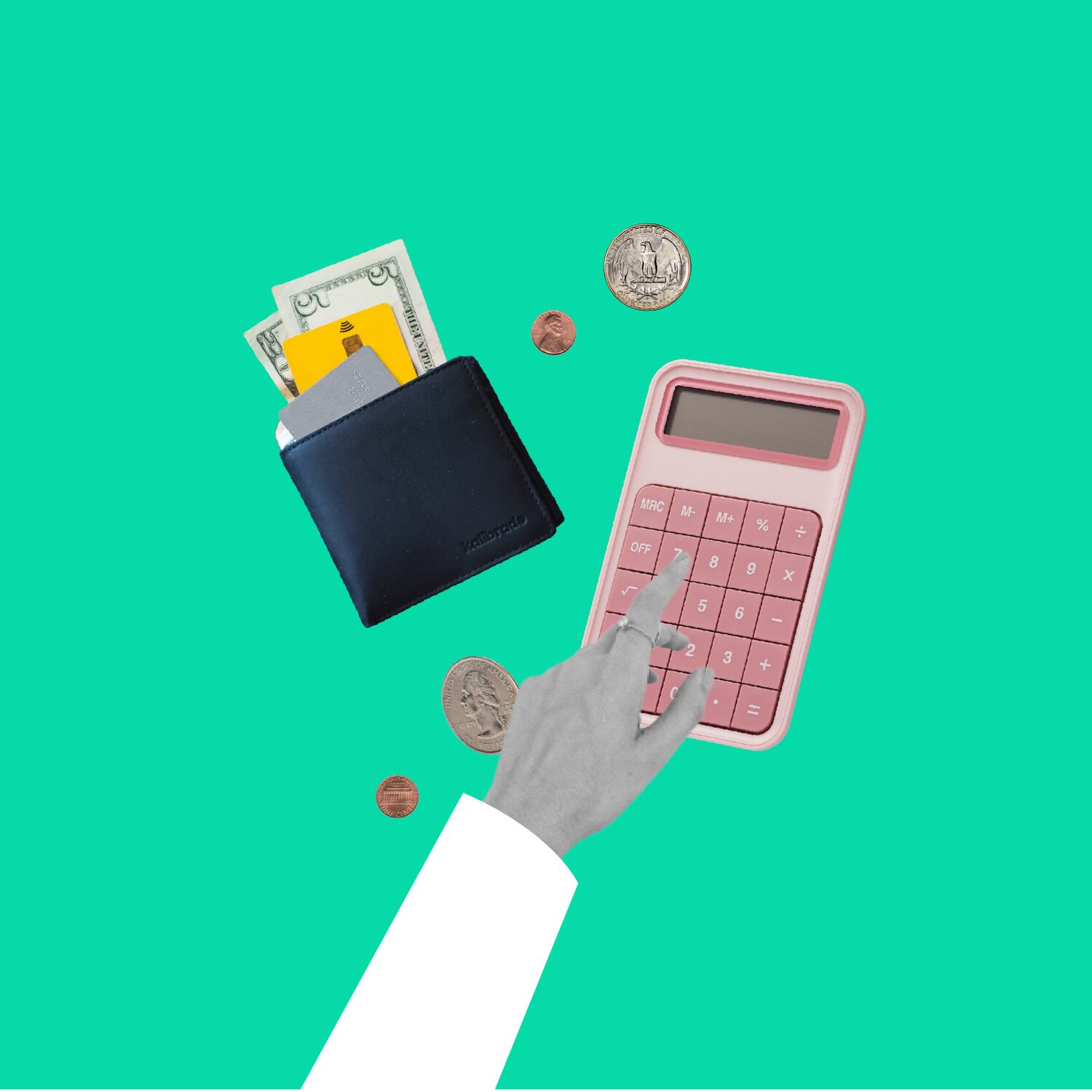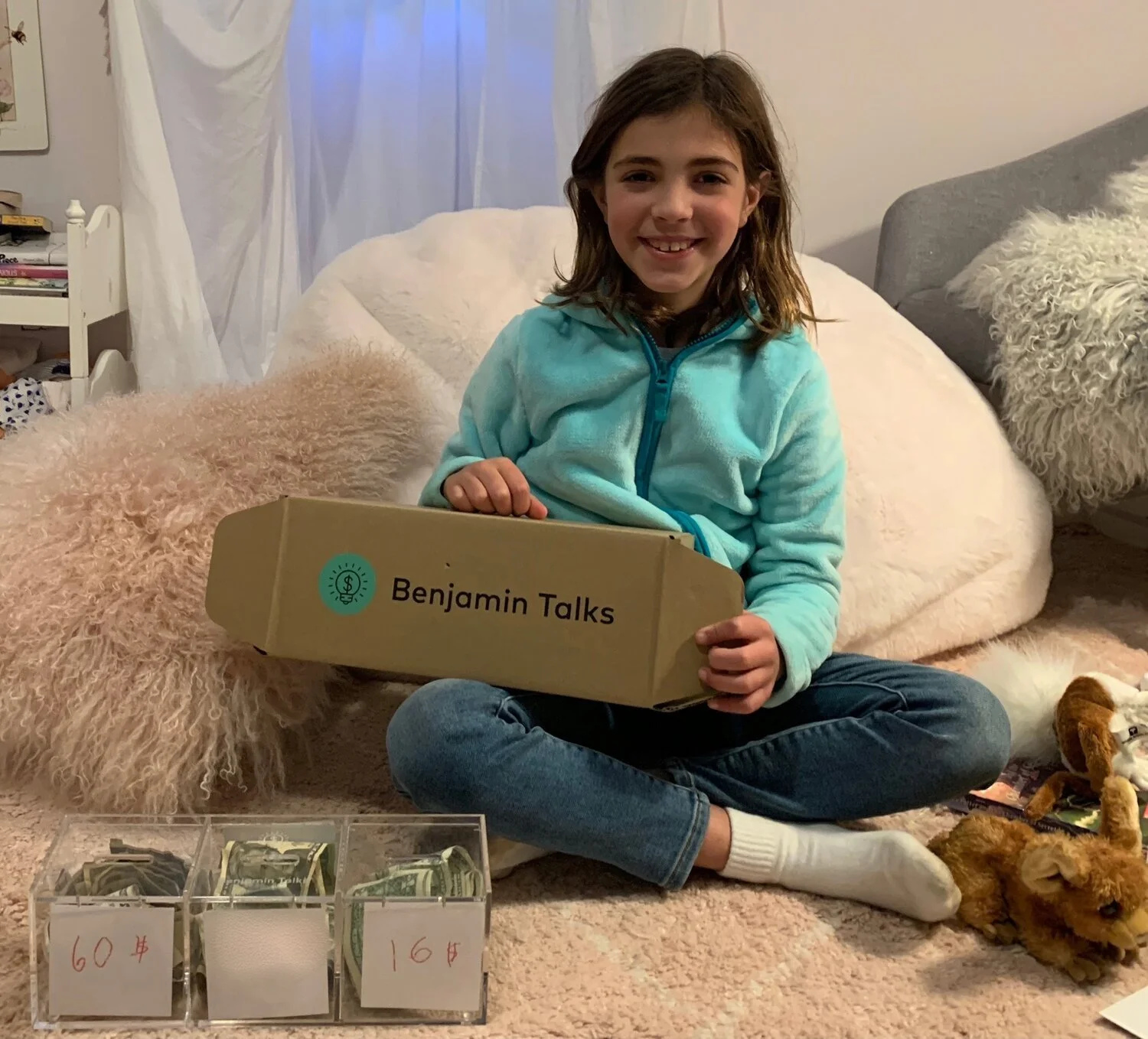Teach Your Child About Budgeting: Setting the Framework
Budgeting for Kids: A Key financial literacy Skill
Updated April 13, 2023
Teach kids to budget. It’s important. Here’s why…
Budgeting. A word that conjures up the same mild displeasure as a routine dental appointment or an excess of unwashed laundry. But what if we change the conversation around budgeting? What if we reframe it to our children as a powerful tool, instead of a prohibitive set of restrictions? Let’s teach our children how to budget their money and why it is important for future financial success.
Having a budget empowers children and adults alike to spend, save and give with purpose. It allows them to make educated decisions about where their hard-earned dollars go. Finally, setting a budget helps them prepare for the future, and if this last year has taught us anything, it is to expect the unexpected. There is no doubt it is essential that we start to teach our kids how to set a budget and build budgeting skills from the earliest age.
But for a concept that even stumps most adults, how can we teach our children how to budget effectively as they grow?
Step 1: Explain budgeting to your kids
Budgeting is an actionable, living plan for how to spend, save and give your money. A budget helps people keep track of their income (money in) and expenses (money out) to make sure they are spending wisely. While adult budgets may involve complicated spreadsheets that make us cross-eyed, it’s best to start small when it comes to budgeting with our babes.
What can happen if you don’t budget?
Most adults know all too well that it feels as if money spends itself sometimes. We know our incomes, calculate our expenses, but without a purposeful budget, the money often seems to evaporate right into the clear blue sky. Many are left with little in savings, or worse, credit card debt after spending recklessly. If we want to reverse this dangerous cycle, we have to teach our kids to live within their means and to always operate within a balanced budget.
Step 2: Begin to practice balancing a budget with your child
When kids “get” money, whether through allowance, gifts or small jobs, they should always keep track of what they have (our Benji Bank can help with this!). When kids have expenses, whether through purchases or donations, they must know what’s left over, and should never spend money that they don’t have. Instilling the concept of a balanced budget, (when money going out is less than or equal to the money coming in) from the earliest age can help avoid serious financial pitfalls as kids grow up.
Step 3: Encourage your kids to budget
Guide them along
Budgeting takes practice, and it’s our job as parents to offer kids the opportunity to hone this important skill. With an allowance in place, ask your child what is something he’d really like to save for. Then, make an actionable plan to set aside a specific dollar amount, each week, towards this saving goal. Make a chart with a picture of the item he’s saving for, and an empty box to check off each week as he works towards his goal. (Young children are visual, and seeing their progress towards their saving goal only reinforces their efforts.) Encourage him to stick to the timeline even if it means forgoing spending on other “wants” in an effort to ultimately reach his reward.
Consider contributing
Parents may even choose to match their child’s savings to further encourage working towards a longish-term goal. When your child finally achieves his goal? Give him lots of praise...he’s earned it! The budgeting lesson here is clear. While your child could have paid for his purchase sooner had he used all of his allowance dollars for spending, learning to always put some funds aside towards saving and giving is utterly essential and reinforces those good money habits! Even small endeavors like this into budgeting skills help build the very financial muscles kids need to succeed in life, as well as help kids practice patience, persistence and willpower.
Caption: Eleanor is saving her hard-earned dollars for a gumball machine. Since mom and dad weren’t eager to shell out for this particular purchase, it was the perfect item to practice her budding budgeting skills. Eleanor has $26 in savings. She earns $6 each week in allowance (her age!). She is putting aside $1 for spending, $1 to giving and $4 to save for her gumball machine, which costs $38 at her local toy store. In just three short weeks, Eleanor will march into the shop with her cash in hand and not only fulfill her candy dreams, but also proudly hand over the money that she’s carefully budgeted...which makes this deal that much sweeter. (Mom agreed to cover sales tax, and might even spot her some gumballs for a job well done!)
The Bigger Budget Picture
Things to keep in mind as you teach your kids to budget
Budgeting skills are as much about thoughtful spending as they are about purposeful saving and giving. Kids can easily understand a “rainy day fund” or the idea of socking some money away for a time when your regular income (or “money in”) might get disrupted. Current events offer parents an opportunity to discuss this very concept. “Sometimes things happen that are totally unexpected. From an illness or injury, to a job loss or natural disaster, (or even a pandemic!) we must always save money for the future.” At the earliest age, parents must stress that kids should always and without fail allocate their income (whether from allowance, small jobs or cash gifts) towards spending, saving and giving. This healthy money habit will persist far into adulthood...when it truly matters most.
A real-life example
Author Ron Lieber in his book, The Opposite of Spoiled, explains how one financially savvy dad used a family meeting about budgeting to teach his young children a powerful financial lesson. This dad worked out his monthly income and withdrew the full amount from his bank account. He laid all of the cash out on the dining table in piles of $100s and his children were awed by the seemingly abundance of money.
Now here comes the kicker. With his budget in hand, the father went down the list and withdrew from the pile of money for taxes, insurance, car payments, utilities, cable/internet bills, groceries…you get the idea. Unsurprisingly, not much was left in that initial pile. Next, he took out the funds that pay for his children's extracurriculars, such as piano lessons, soccer team, swim practices or art classes. The glut of money had dwindled down to a much less impressive amount, which each month went directly towards savings.
This impactful exercise allowed his children to see firsthand how important it is to budget. Even a healthy income must be carefully planned to cover both needs and wants. Those kids never forgot that family meeting, and all it took to make a powerful statement was making them part of the family’s financial conversation.
Bottom line: Teach your kids to budget
Budgeting helps kids build their willpower, resist instant gratification, learn to set goals and follow through. Even the smallest forays into budgeting help children build the skills to spend, save and give wisely as they grow. The sooner kids realize that their “money in” must always be more than their “money out,” the more successful they will be. There is no better time to start the budget conversation. We must teach kids that budgets give us power over our money and help us prepare for whatever the future has in store.
Pro Tip:
For older kids who are responsible for their spending, they might be ready to take budgeting to the next level. A simple template can help them keep track of their income and expenses to make sure they are never in the red.



